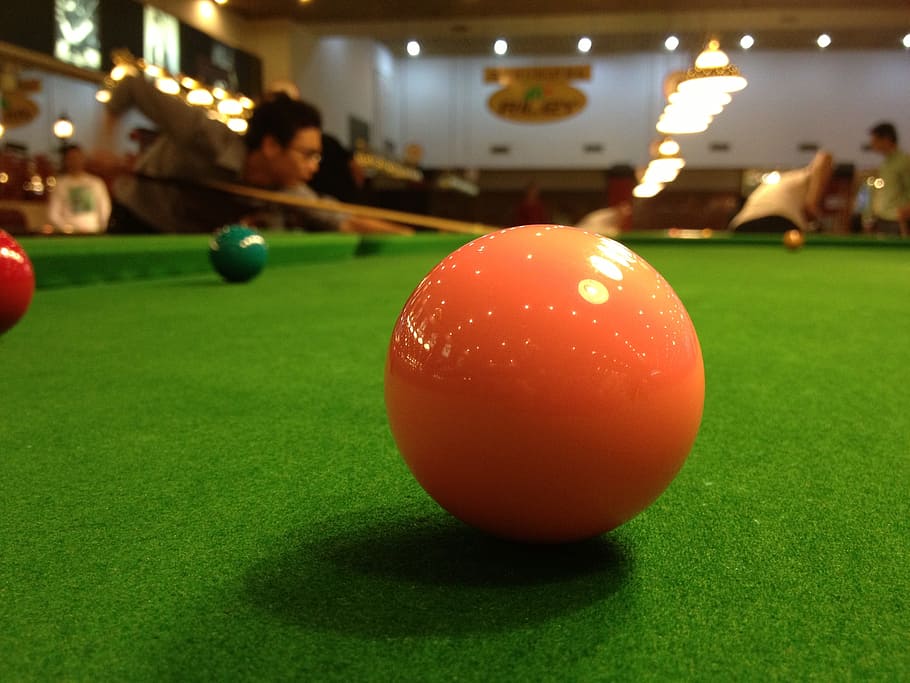Type Of 4 Ball Billiards
페이지 정보
작성자 J***** 댓글 0건 조회 102 회 작성일 24-12-18 17:27본문

4 points for "making red", that is, to have the cue ball hit both object balls. The separation between the balls was 92, 90, and 92 degrees. Then we hit the cue ball harder, and the results were 92, 83, and 85 degrees. We aimed the cue ball 50 cm away from the object ball and hit it to produce normal roll. It needs a lot more perfect conditions in order to be relevant to playing a normal game of billiards. From these results, we could determine how exact the 90 degree rule is under normal conditions. Next we aimed at the object ball at a 45 degree angle. This rule states that when the cue ball strikes an object ball with no topspin or bottom spin, the two balls seperate at a 90 degree angle. Celluloid was used to make the so-called composition balls which used a denser substance in their cores to achieve the correct density.
We expected the bottom spin to make the angle bigger, and this data followed that theory. The author(s) of the original document and members of Project 64 make
no representations about the accuracy or suitability of this material
for any purpose. The Project 64 etext of American 3D Pool
Converted to etext by Neil Tomlinson. TOURNAMENT
----------
Both Pool and Billiards have a TOURNAMENT option where up to EIGHT
players can compete in a KNOCKOUT, or a LEAGUE of up to five rounds. The Game and its Implements.-The requisites for croquet are a level grass lawn, six hoops, two posts or pegs, balls, mallets, and hoop-clips to mark the progress of the players. The mallets are much shorter than those commonly employed in England, the majority of players using only one hand, though the two-handed "pendulum stroke," played between the legs, finds an increasingly large number of adherents, on account of the greater accuracy which it gives. When there are pockets to the table, two points are taken for every white ball pocketed, and three points for the red.
Bagatelle games are played on an oblong board, usually from six to ten feet in length, by a foot and a half to three feet in width. To test this rule, we hit the object ball with a half hit, one quarter hit, and three quarter hit, then determined the angle at which the cue ball deflected from its aiming line. To test this rule, 4 ball billiards we aimed the cue ball from a fixed spot 50 cm from the object ball at different angles. In each corner a white spot is marked 1 yd. To miss the white involves the loss of 1 point ; and to miss the black ball, 5 points. 16 points for toppling all 5 pins in a single shot. Svensk kægle ('Swedish pin') is a variation that has more in common with Italian five-pins: the optimal shot is to knock over the "king" pin (standing in the center of the pins) without toppling any other pins. 6 points for toppling the "king pin" alone. Points are scored either by caroming at least two balls or ting balls, but performing rebounds is a foul. Scoring:
1. Missing all balls with cue ball - "Miss" - 1 point to opponent.
After the break, prioritize clear shot selection to maintain control of the table and pressure your opponent. The rules for fouls are similar, but reward the opponent "crooked" (skæve) points that would have been made for the shot plus extra crooked points for particularly gross fouls. We hit a soft shot with backspin again, and the differences in angles were 50, 52, and 68 degrees. Then we hit the ball with topspin again, only with a harder stroke. Then we hit the cue ball with a harder stroke. The rush stroke is absolutely essential to good play, as it enables croquet to be taken (e.g.) close to the required hoop, whereas to croquet into position from a great distance and also provide a ball for use after running the hoop is extremely difficult, often impossible. Formerly this might be done by leaving the next player’s ball in such a position that either a hoop or a peg lay between it and all the other balls ("wiring"), or so near to a hoop or peg that there was no room for a proper stroke to be taken in the required direction. Early billiard balls were made out of wood. The final table can be printed out on request for future
examination.
댓글목록
등록된 댓글이 없습니다.

